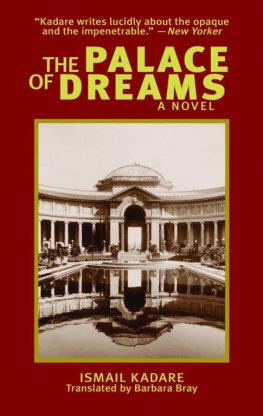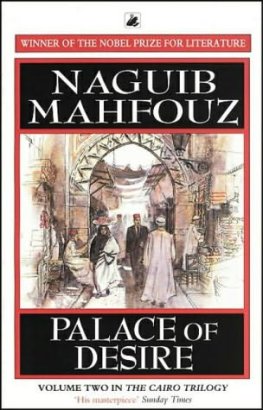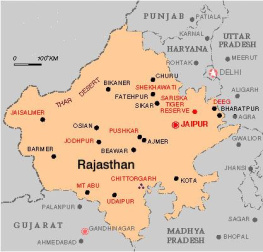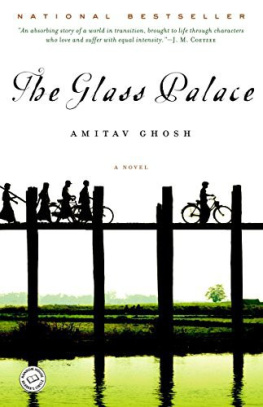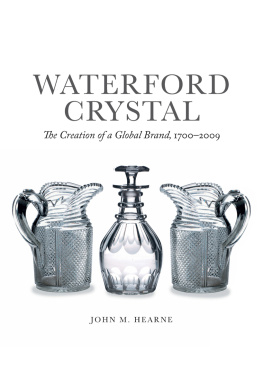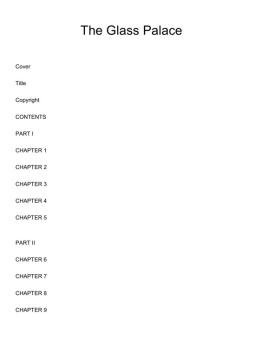
The Finest Building in America
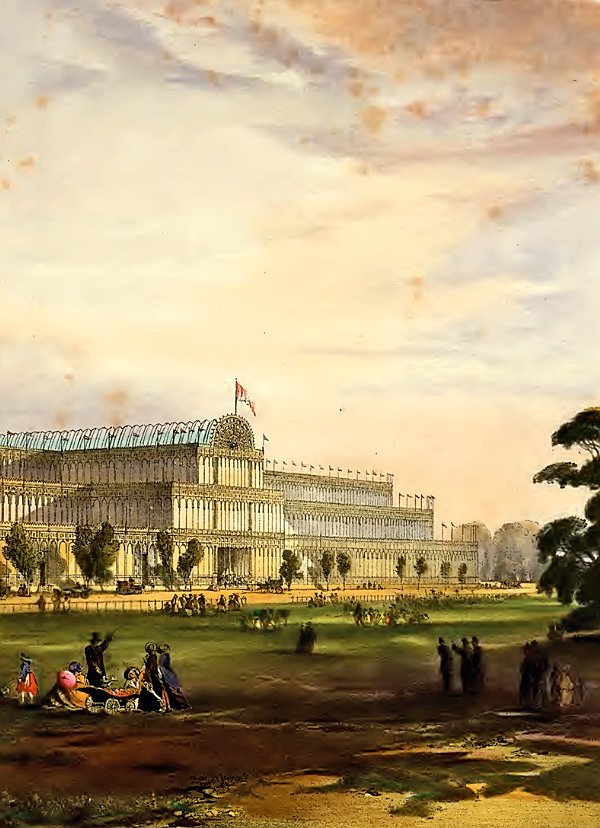

Oxford University Press is a department of the University of Oxford. It furthers the Universitys objective of excellence in research, scholarship, and education by publishing worldwide. Oxford is a registered trade mark of Oxford University Press in the UK and certain other countries.
Published in the United States of America by Oxford University Press 198 Madison Avenue, New York, NY 10016, United States of America.
Edwin G. Burrows 2018
All rights reserved. No part of this publication may be reproduced, stored in a retrieval system, or transmitted, in any form or by any means, without the prior permission in writing of Oxford University Press, or as expressly permitted by law, by license, or under terms agreed with the ppropriate reproduction rights organization. Inquiries concerning reproduction outside the scope of the above should be sent to the Rights Department, Oxford University Press, at the address above.
You must not circulate this work in any other form and you must impose this same condition on any acquirer.
Library of Congress Cataloging-in-Publication Data
Names: Burrows, Edwin G., 1943 author.
Title: The finest building in America : the New York Crystal Palace, 18531858 / Edwin G. Burrows.
Description: New York : Oxford University Press, 2018.
Identifiers: LCCN 2017031341 | ISBN 9780190681210 (hardback)
ebook ISBN 9780190681234
Subjects: LCSH: Crystal Palace (New York, N.Y.) | New York Exhibition of the Industry of All Nations (18531854 : New York, N.Y.) | Glass constructionNew York (State)New York. | Lost architectureNew York (State)New York. | New York (N.Y.)Buildings, structures, etc. | New York (N.Y.)History17751865. | BISAC: HISTORY / General. | HISTORY / United States / State & Local / Middle Atlantic (DC, DE, MD, NJ, NY, PA).
Classification: LCC NA6750.N5 B87 2018 | DDC 721/.0449609747dc23 LC record available at https://lccn.loc.gov/2017031341
1 3 5 7 9 8 6 4 2
Printed by CTPS, China
For Pat, Matt, & Kate

You have also seen our own New-York grow from a provincial town to a vast metropolis, heaving in its heart with the pulsations of a world, and wearing its Crystal Palace like a diadem.
New-York Daily Tribune, May 5, 1854

Contents

The End
Around five oclock in the afternoon of October 5, 1858, thick black smoke boiled out of a storeroom in the Crystal Palace on New Yorks Reservoir Square (now Bryant Park), an exhibition venue renowned throughout the United States for its pioneering
Barely fifteen minutes after the initial alarm had been raised, flames enveloped the dome, throwing great waves of lurid light over a throng of spectators who had quickly filled the streets outside. Policemen from nearby precincts struggled to control the crowd, seizing a number of pickpockets
Firemen allegedly pulled
The conflagration of the Crystal Palace was the great city fact, observed the Times a couple of days laternothing else was thought ofand much speculation ensued about how any fire could have started in an iron building widely believed to be fireproof. Many people thought that the fires surprising speed and intensity pointed to arson, although there was no agreement as to the identity of the culprit or culprits. One eyewitness remembered seeing two or three boys running pell-mell down 42nd Street after the first alarm had been raised. Another saw a man in a dark coat exiting the storeroom about the same time with his hat pulled suspiciously down so as to conceal his face. Still others spoke of smelling gas, camphene, or turpentine in the same area, evidence that there must have been villanous [sic] work in the matter. As for a possible motive, the Tribune pointed out that property owners in the neighborhood had wanted the Crystal Palace removed because of the grog-shops and other disreputable establishments it attracted. Suffice it to say, the paper concluded darkly, their end is attained. Hefty rewards were offered for the arrest and conviction of the remorseless wretch responsible for the blaze.
Not everyone assumed an arsonist was to blame. Another eyewitness told the Tribune that he heard someone say, they are going to light the gas, after which he heard the cry of fire, fire. Almost immediately thereafter,
I saw streams of fire like snakes running in all directions through the building and setting it on fire nearly as fast as a man could run. The color of the smoke, the intensity of flame, and two or three small explosions, forces the idea to my mind that, to save a few dollars, the gas pipes of the Crystal Palace had only been gutta percha [latex] instead of wrought iron tubes; and that shortly after the gas was turned on there was a leak somewhere in [the] rear of the north nave which set fire to the gas tubes [which] was the true and legitimate cause of this lamentable disaster.
The next day, when he returned to the ruins and searched for signs of iron tubing, this witness said he could find nary a one. Until he had reason to think otherwise, he preferred his theory that the fire began with a ruptured gutta-percha gas line. A representative of the firm that installed them swore under oath, however, that all 30,000 feet of the lines were made of wrought iron with lead fittings and regularly inspected. After sifting through this and other contradictory testimony, the Times agreed that an incendiary must have been responsible for the fire as there was no credible evidence of any oversight, carelessness or accident of those within the building. Even so, subsequent investigation by the authorities failed to produce a suspect or suspects, much less a motive, and to this day the cause of the conflagration remains unclear.

What is clear
All who witnessed the spectacle, wrote a reporter for the Herald, declare that it was one of those things rarely seen in a lifetime. The Times called it one of the most disastrous conflagrations that New-York has been visited with in a long time, adding, The calamity has struck everyone aghast, for the possibility of such an event has never been calculated upon. The peculiar character of the building, constructed as it was almost entirely of iron and glass, appeared to bid defiance to the flames, yet its destruction was more rapid than any building of wood could possibly have been. Even the sound of the infernothe cracking of glass, and roaring of wind & flames, as they rushed up through the roof and sides of the buildingwas strange and unforgettable.
The Crystal Palace is no more! exclaimed the American Phrenological Journal. In minutes, that immense and beautiful structure had been utterly destroyed. Some doubted the city could ever recover. We shall never have another Crystal Palace, fretted the
Next page


